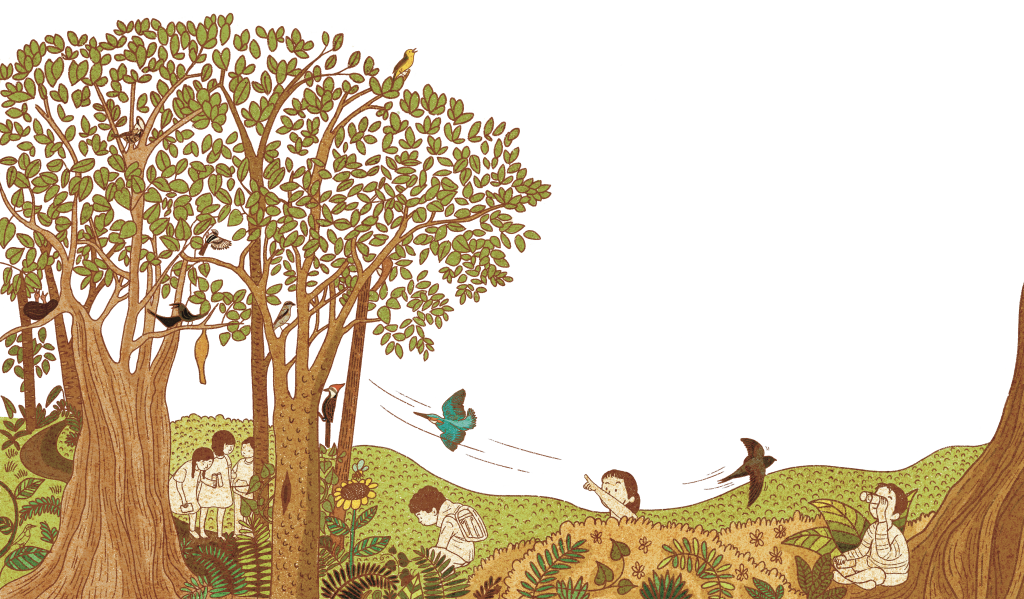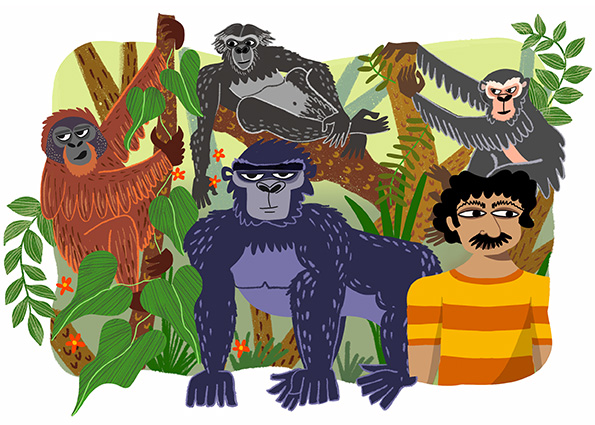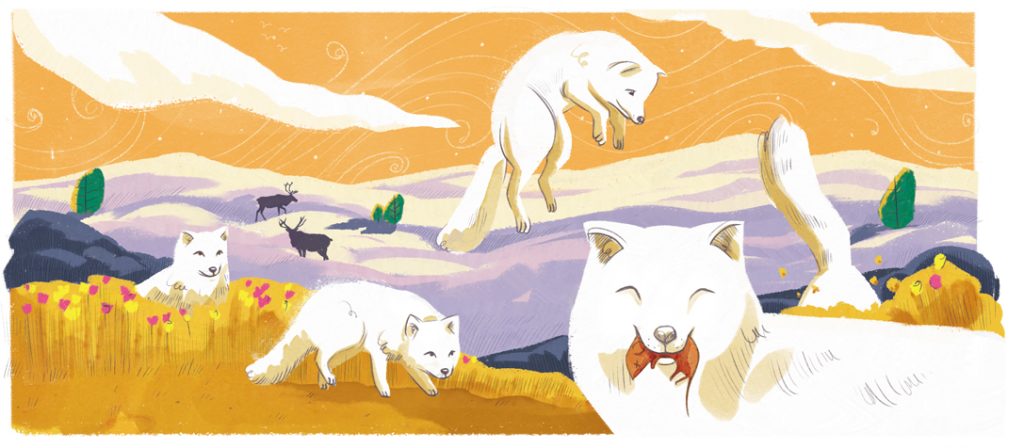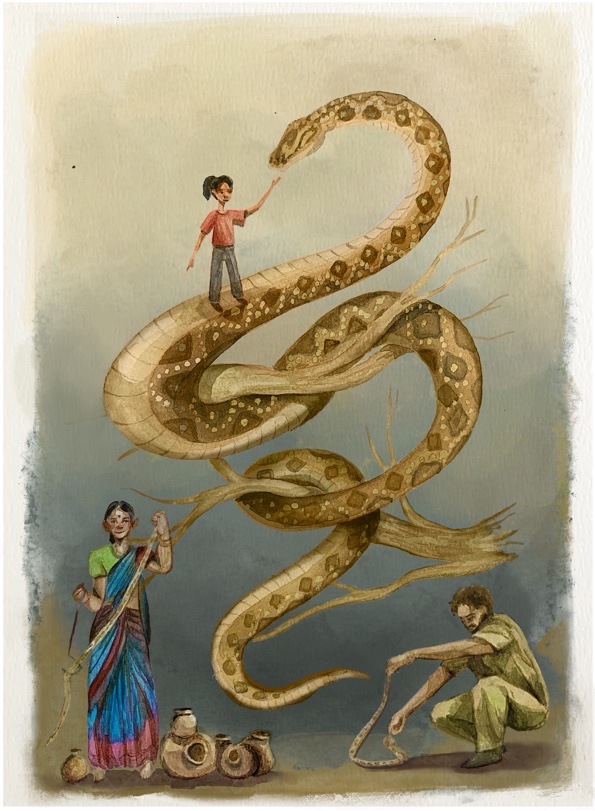I am exhausted. Drained. So hungry. My wings feel jittery, like they still want to be flying. My legs feel wobbly, like they might give way at any moment. Ten days straight I’ve been in the air! You get used to it.
But now I’m here, finally here… Alaska! I’ve flown here from New Zealand, my second home over in the Southern Hemisphere. It was starting to get pretty cold there, and the food was running low, so I decided it was time to head north. I do this every year, moving back and forth across the globe with the seasons, chasing an eternal summer. A bit crazy? Maybe. But I wouldn’t change it for the world.
I’m a bar-tailed godwit, a large migratory shorebird from the Scolopacidae family. Sometimes, if I’m feeling a bit fancy, I go by the name Limosa lapponica. I have brown, white and grey plumage, long, gangly legs, and a suuuuper long bill which scoops up at the end—perfect for catching bristleworms! I make the huge journey across the globe twice a year. That’s right—12,000 kilometres twice a year. Over the course of my lifetime, I’ll fly the distance from the earth to the moon. You could call me an elite athlete.
And let me tell you, I eat like an elite athlete. Right now, I’m skinny as anything (flying uses up a loooot of energy), but you should have seen me ten days ago! I ate so much I thought I might explode! And with all that extra weight on me, it’s fair to say that my take-off wasn’t the most graceful thing in the world…

I’m always tired at the end of my flight, but I’m particularly exhausted this time round. Why? Well, to tell you the truth, something odd happened on my flight over. Odd and…and scary. You see, I always stop over half-way on my northward migrations for a quick rest and refuel. The Yellow Sea is my go-to. It’s a big inlet that sits in between China and Korea, and it’s full of mudflats that are full of delicious critters. Prime shorebird territory! There’s one particular mudflat I stop at every single time I make the journey from New Zealand to Alaska. It’s a favourite amongst shorebirds—during peak migration time, you’ll see tens of thousands of us wading through the flats, pecking at the water in a hungry frenzy.
But this time when I turned up, it was just… gone. All I could see were pipelines and ships and concrete everywhere. Had I got the location wrong? Was my navigation off? Surely not — it was always perfect, guided precisely by the earth’s magnetic field. Then what was going on? I flew around the area for a while, scanning for any sign of the mudflat I knew and loved.

Nothing. I started panicking. If I couldn’t find food, then I wouldn’t survive the next leg of my journey. I kept flying and flying, directionless, losing stamina with every wingbeat. Eventually I spotted a small flock of birds heading east. Did they know of another mudflat nearby? I frantically caught up to them and followed behind for a while, hoping, hoping. And then I saw it—a glint of water down below, a flutter of life. I flew down with the other birds to check out what I’d spotted.
Rich, gooey brown mud as far as the eye could see. Streams of water flowing in every direction, leaving trickly tracks where they travelled. And birds! So many birds, all foraging away to their hearts’ content. I was going to be OK.
I guess that mudflat is my new pitstop now. It’s nice enough. But it’s not my old mudflat— nothing can compare! And who’s to say this new one won’t vanish by next year? Frankly, I’m worried.
But I must focus on the present. Right now, I’m safe and happy. Right now, it’s time to sleep, to eat, to be still for a while.
Ahh… it’s good to be home. The Alaskan mud feels delicious under my feet, cool and oozy. The water is pink in the evening light, sparkling like an upside-down chandelier. Wading through the shallows, I can see all sorts of little critters zipping about in the water and hidden in the mud—shellfish, bristleworms, sea snails, clams…
I could guzzle down a tonne right now!
Each year, millions of birds migrate back and forth along an international ‘superhighway’ called the East Asian-Australasian flyway, which stretches from the Arctic tundra all the way down to Australia and New Zealand.
Land development all along the flyway — but particularly in the Yellow Sea—poses a serious threat to migratory shorebirds like the bar-tailed godwit. Many shorebird species have suffered significant declines over the last few decades, as more and more critical habitat is developed over.
As our understanding of the negative impacts of land development on these birds grows, so too does the pressure on governments to take action. Governments around the world are beginning to implement policies that reduce land reclamation and improve habitat quality along the flyway, but there’s still a long way to go.
We need to keep spreading the word about these incredible birds, and keep pushing for effective conservation action.







